Prices Starting from
FDG PET/CT Scan in Bangalore
Home » FDG PET CT
- 100 % accurate FDG PET-CT scan reports with high image quality, with our latest scan technology
- 25,000+ patient service with utmost care
- Clean and sanitized premises
- Low wait time, well trained staff with the best team of doctors.

What is a FDG PET/CT Scan?
Uses Of FDG PET/CT Scan
- Cancer Diagnosis and Staging : FDG PET/ CT scans are widely used in oncology for the detection, staging, and monitoring of various cancers. They can detect primary tumors, assess the extent of metastasis, and monitor treatment respons
- Nurological Disorders : FDG PET/CT scans help diagnose and evaluate neurological conditions such as Alzheimer's disease, Parkinson's disease, epilepsy, and brain tumors by detecting changes in brain metabolism
- Cardiac Evaluation : FDG PET/CT scans assess blood flow to the heart, detect areas of damaged heart tissue, and evaluate the effectiveness of treatments for heart diseas
- Infection and Inflammation : DG PET/CT scans can identify areas of infection or inflammation in the body, aiding in the diagnosis and management of various infectious and inflammatory diseases.
- Differentiation of benign and malignantlesions : FDG PET/CT scans distinguish between benign and malignant lesions. Malignant tumors show higher FDG uptake,
- Assessment of treatment response : FDG PET/CT tracks tumor response to chemotherapy, radiation, and targeted therapies. It monitors metabolic changes and tumor size.
FDG PET/CT Scan Cost
| Bone PET CT – NaF18 | Rs:- 15000 |
| Brain PET CT | Rs:- 17000 |
| Regional PET CT | Rs:- 17000 |
| PET Cardiac Viability | Rs:- 18000 |
| Full Body FDG PET CT | Rs:- 28000 |
| Bone PET CT – NaF18 | Rs:- 12000 |
| Brain PET CT | Rs:- 14000 |
| Regional PET CT | Rs:-14000 |
| PET Cardiac Viability | Rs:-14000 |
| Full Body FDG PET CT | Rs:-25000 |
What to Expect During a FDG PET/CT Scan
- A small amount of radioactive FDG will be injected into your vein.
- You will rest comfortably for a while to allow the FDG to be absorbed by your body.
- Both the PET and CT scans will be performed in a single session, usually taking 30 60 minutes
- The procedure is generally painless, although some patients may experience slight anxiety in confined spaces
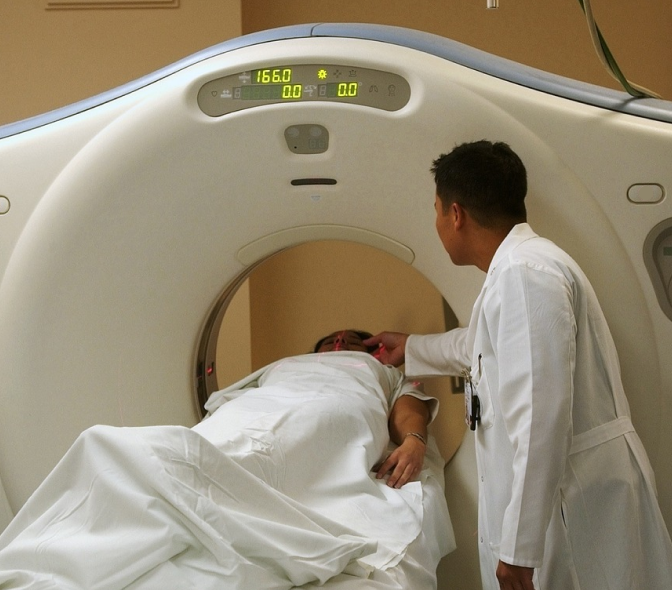
The Next Generation Technology is Here at Kiran PET CT - GE-DISCOVERY IQ GEN 2
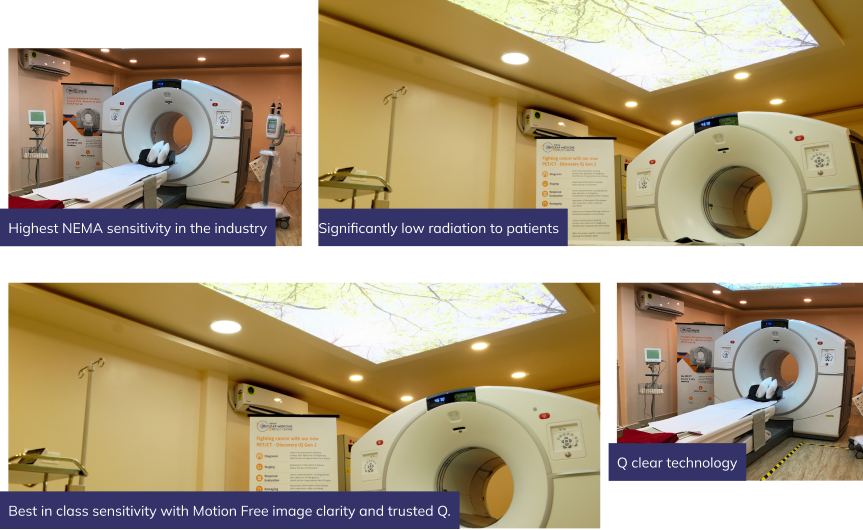
Why Choose Us
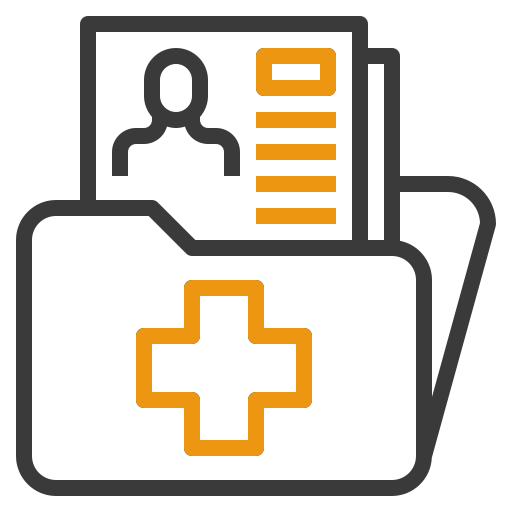
Speedy and accurate results
Our PET/CT scans deliver swift & precise diagnoses, ensuring timely insights into your health
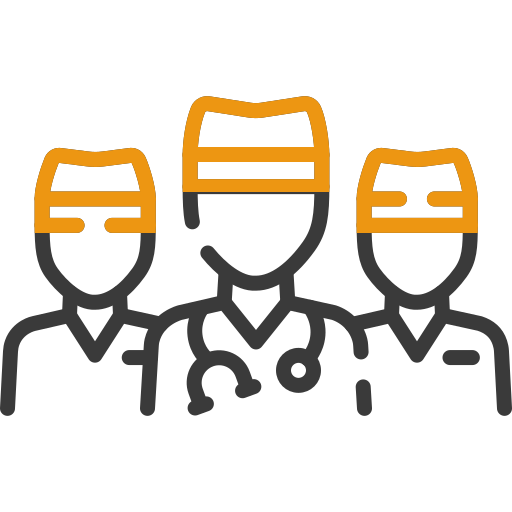
Cutting-edge technical instruments
Trust in the expertise of our skilled professionals who are dedicated to providing unparalleled care
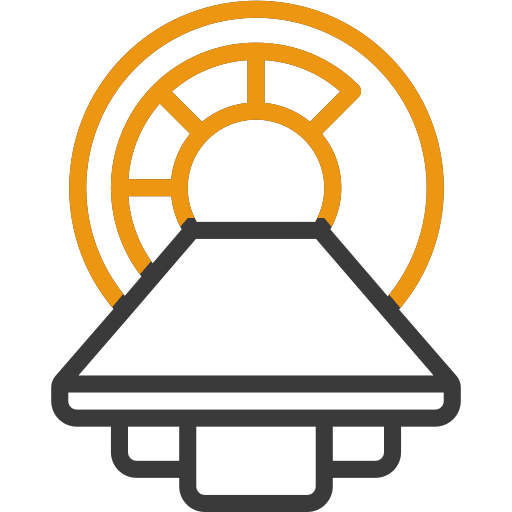
World Class Technology
Experience the latest advancements in medical imaging technology with our state-of-the-art PET/CT equipment.
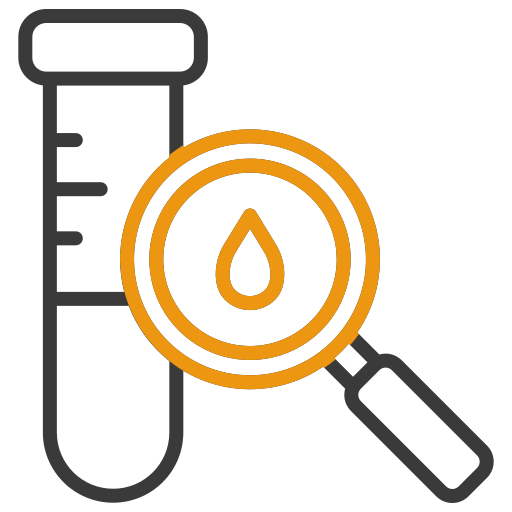
Onestop Lab Centre
Streamline your healthcare journey with our comprehensive lab services under one roof.
Conclusion
Meet Our Doctors
Frequently asked questions
This question aims to provide an overview of FDG PET/CT scans, explaining the combination of positron emission tomography (PET) with computed tomography (CT) imaging and the use of a radiotracer called FDG (fluorodeoxyglucose) to detect areas of increased metabolic activity in the body.
Patients often want to know the typical medical conditions or purposes for which a healthcare provider might recommend an FDG PET/CT scan, such as cancer staging, treatment planning, or monitoring response to therapy.
Safety concerns regarding radiation exposure and potential allergic reactions to the FDG radiotracer used in FDG PET/CT scans are addressed in response to this question.
Patients often want to know what preparations are necessary before undergoing an FDG PET/CT scan, including fasting requirements, medication adjustments, and any specific instructions from their healthcare provider.
This question addresses the procedure itself, including whether the patient will need to lie still, receive an injection of the FDG radiotracer, and how long the scan will take. It may also address the combined PET and CT components of the scan.
Patients are typically eager to know when they can expect to receive the results of their FDG PET/CT scan. The answer usually involves information about how long it takes for the images to be interpreted by a radiologist and for the results to be communicated to the patient’s healthcare provider.




